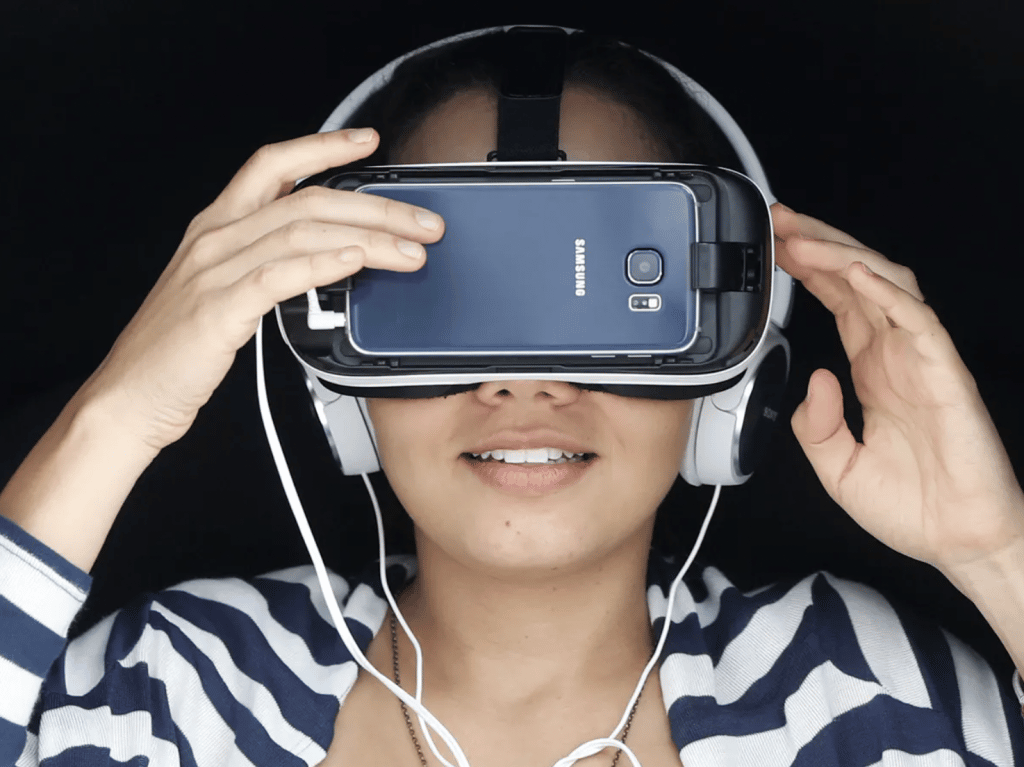Virtual reality (VR) technology has been around for decades, but it has only recently begun to gain mainstream attention. With the advent of advanced hardware and software, VR is now more accessible and affordable than ever before. As a result, VR development has become a rapidly growing field, with many opportunities for developers to create innovative and engaging experiences. This guide will provide an overview of the VR development process, including the tools and technologies used, the design and development considerations, and the challenges and opportunities in this exciting field.
Understanding the VR Development Process
The VR development process begins with a clear understanding of the project’s goals and objectives. This includes determining the target audience, the type of experience that is being created, and the hardware and software requirements. Once these initial steps have been completed, the development team can begin to build the VR experience using a variety of tools and technologies, including game engines, VR SDKs, and 3D modeling software.
Tools and Technologies Used in VR Development
One of the most important aspects of VR development is selecting the right tools and technologies. The most popular game engines used for VR development include Unity and Unreal Engine, while VR SDKs such as Oculus SDK, Steam VR, and Google VR SDK are commonly used to create VR experiences. Additionally, 3D modeling software such as Maya, Blender, and SketchUp are used to create 3D assets and environments.
Design and Development Considerations
When designing and developing a VR experience, it is important to keep in mind the unique challenges and limitations of the medium. This includes issues such as motion sickness, limited field of view, and the need to create a sense of presence and immersion. To overcome these challenges, developers must carefully consider the user experience, the interaction design, and the overall visual design of the VR experience.
As a VR developer, it is also important to review the best practices and learn from peers. As an example, RiseAngle; a leading VR development company, has extensively tested locomotion and motion sickness optimization across their games. So if you’re stuck on whether you should use teleport, free movement, or other methods, it’s worth picking their brain. RiseAngle has released 5 VR and AR games to the market with 400,000+ installs and has an extensive magazine with educational articles about metaverse development and other related subjects.
VR Hardware and Accessories
The success of a VR experience is heavily dependent on the hardware and accessories used. There are a variety of VR headsets available on the market, including the Oculus Quest, HTC Vive, and PlayStation VR. These headsets are designed to provide a high-quality, immersive experience, but they also have different specifications and features. Additionally, there are a variety of other accessories such as controllers, sensors, and haptic feedback devices that can be used to enhance the VR experience.
VR Input and Interaction
One of the most important aspects of VR development is the input and interaction design. VR experiences are typically controlled using hand-held controllers or other input devices, such as head-mounted displays or hand-tracking technology. These controllers are used to control the movement of the virtual character or camera, as well as to interact with the virtual environment.
VR Sound and Audio
Sound and audio play a crucial role in creating a sense of immersion in a VR experience. This can include the use of 3D audio, which creates a sense of spatial awareness, as well as the use of ambient sounds and music to create a sense of atmosphere. Additionally, sound effects and voice acting can be used to enhance the overall experience.
VR Testing and Quality Assurance
Testing and quality assurance are essential to ensuring that a VR experience is of high quality and free of bugs and glitches. This includes testing the VR experience on a variety of hardware and software configurations, as well as testing for compatibility with different VR controllers and accessories. Additionally, user testing and feedback are crucial to ensuring that the VR experience is engaging and enjoyable for the target audience.
VR Optimization and Performance
Optimizing a VR experience for performance is crucial to ensuring smooth and seamless gameplay. This includes reducing the number of polygons and textures used in the 3D assets and environments, as well as reducing the number of particles and effects used in the scene. Additionally, developers must carefully consider the lighting and shading of the virtual environment to ensure that it is not too taxing on the hardware. Other optimization techniques include using occlusion culling, LOD, and batching to reduce the number of draw calls made to the GPU.
VR Distribution and Monetization
Once the VR experience has been completed, it must be distributed and monetized. This can include publishing the experience on a variety of platforms, such as Steam, Oculus Store, or PlayStation Store, or making it available for download on the developer’s website. Additionally, there are a variety of monetization options available, including in-app purchases, subscriptions, and advertising.
Conclusion
Virtual reality development is a rapidly growing field that offers many opportunities for developers to create innovative and engaging experiences. However, it also comes with its own set of unique challenges and limitations. By understanding the VR development process, the tools and technologies used, and the design and development considerations, developers can create high-quality VR experiences that provide a sense of immersion and presence for the user. Additionally, by considering the VR hardware, input and interaction, sound and audio, testing, optimization, distribution and monetization, developers can ensure that their VR experience is successful and profitable.
